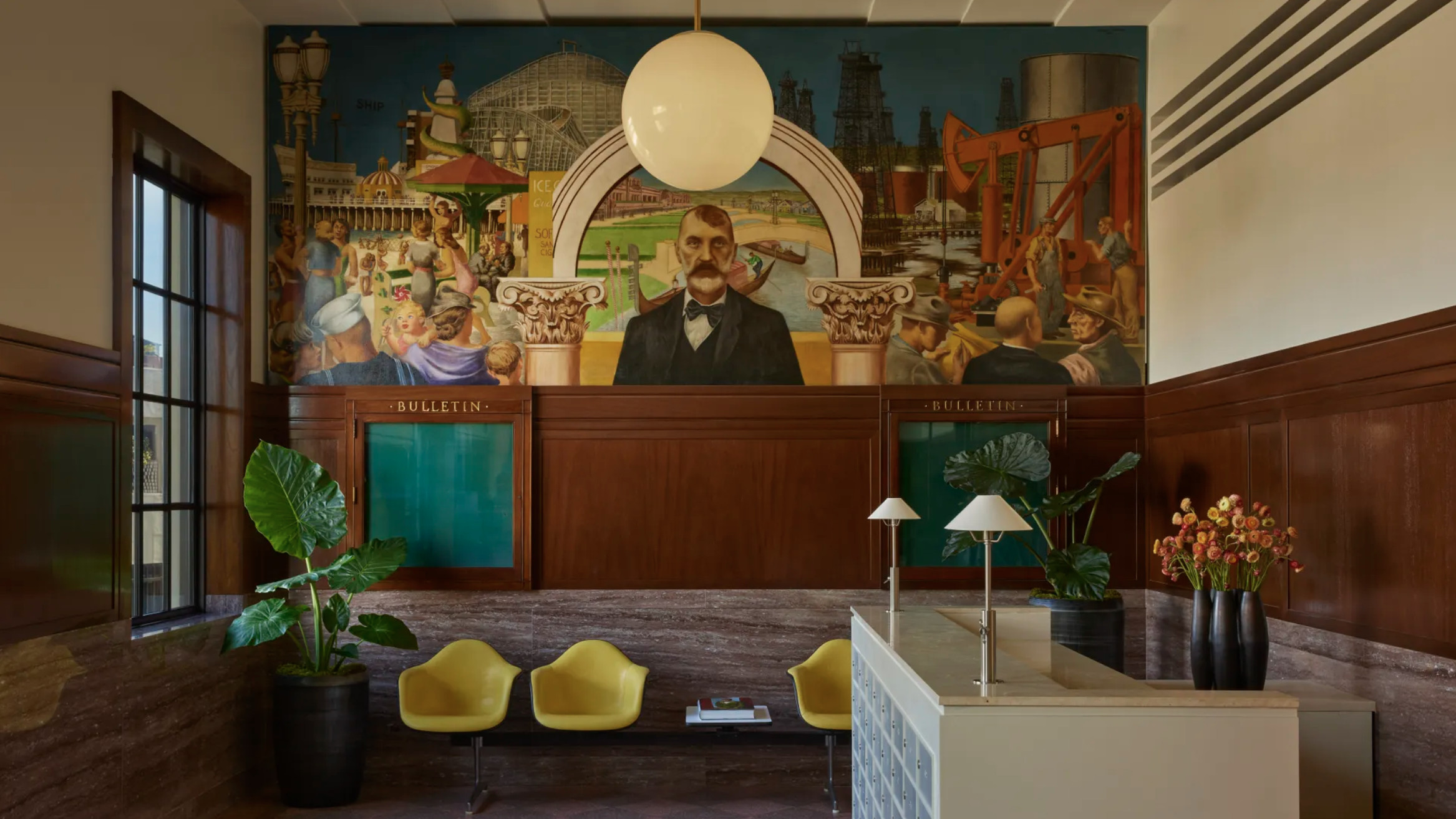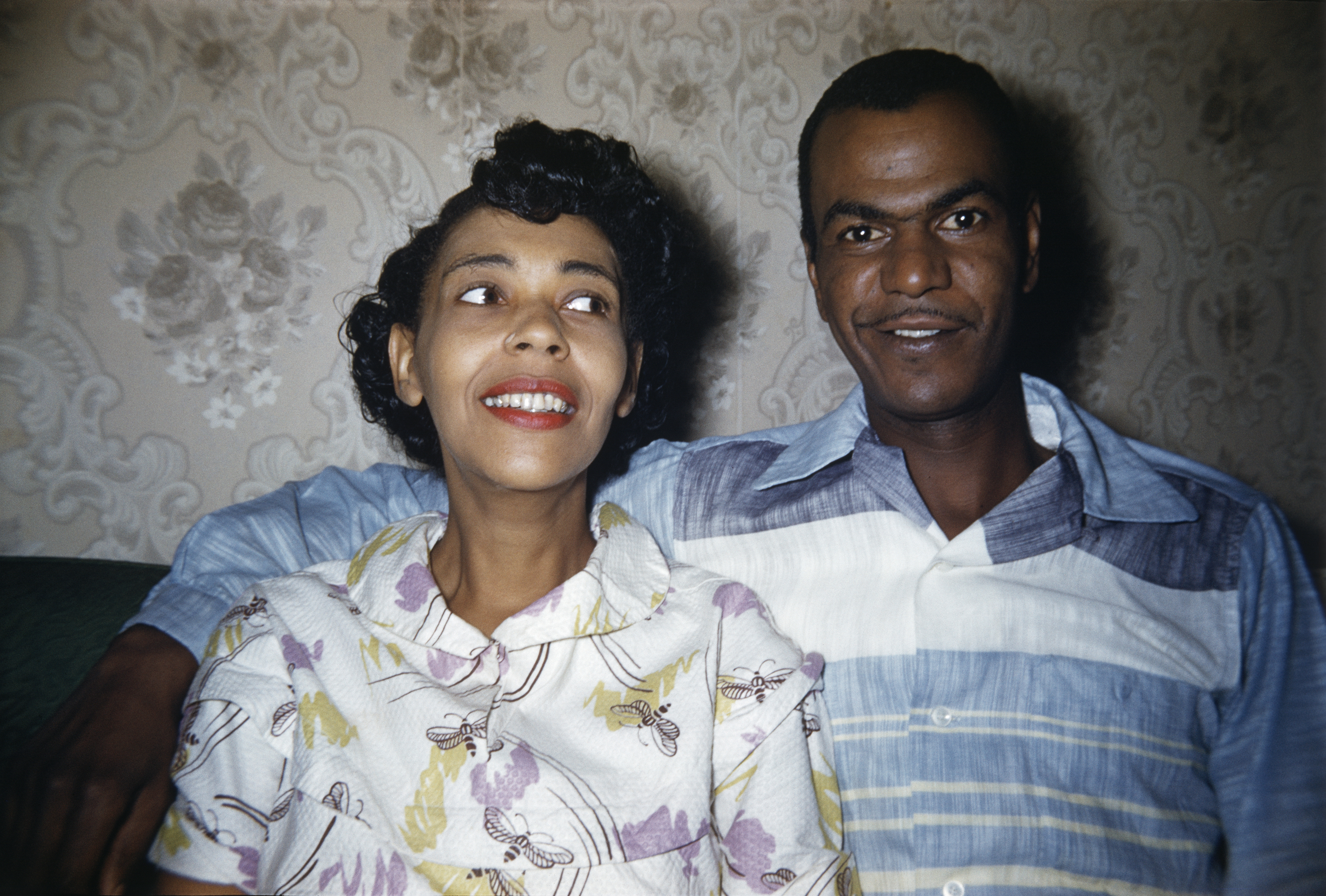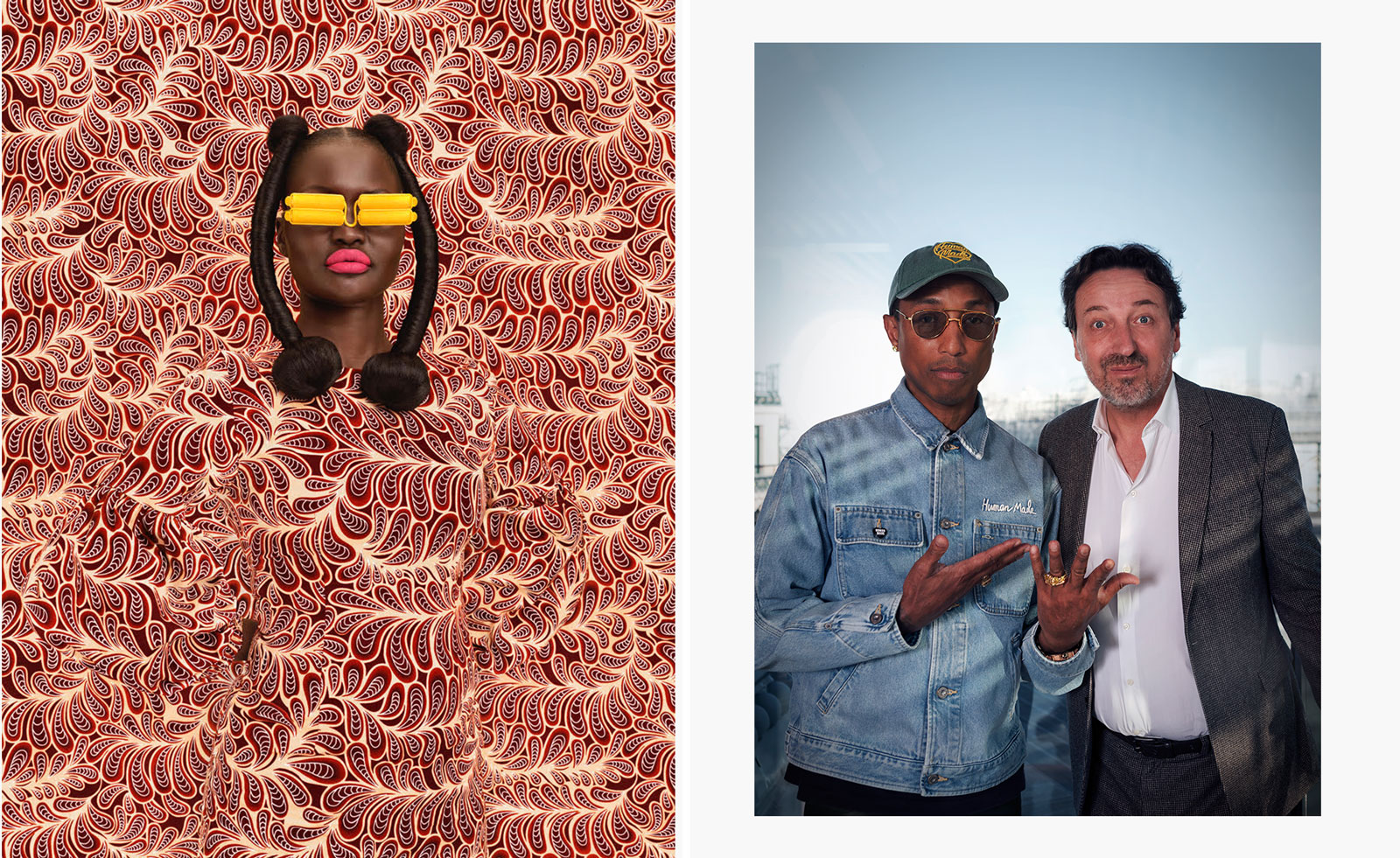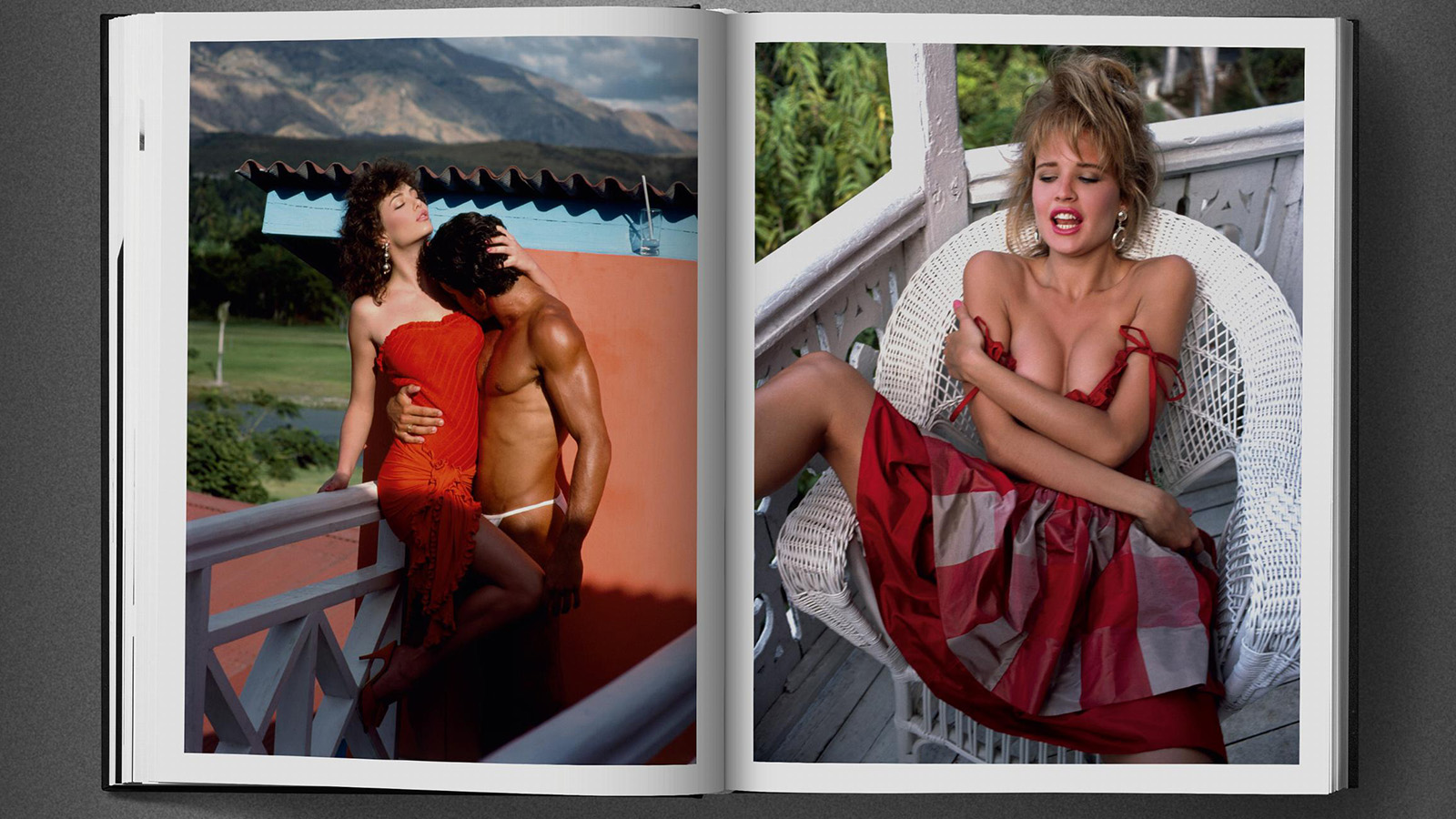Jean-Michel Othoniel decodes the secret language of flowers in the Louvre’s collections
The artist has published a new book about the flowers within the storied Paris museum’s art collection, alongside an intervention of new paintings in its glass-roofed French sculpture hall

Jean-Michel Othoniel has a fascination with flowers. Long before the French artist became known for his joyful, gold-plated fountain in the gardens of Versailles and his cascading wave of Indian glass bricks, he was already exploring floral motifs, explaining, ‘My first works played with anemones buried in sulphur, cut and dissected pomegranates, flower petals pinned to walls.’ This fascination led him to amass extensive notes on the history of plants, and develop a habit of photographing his favourite species. Flowers, in his view, ‘are a way of looking at the world – and an expression of my desire to see the marvels that surround us’.
So it makes perfect sense that his new intervention at the Louvre would focus on flowers and their hidden meanings. Unveiled to coincide with the 30th anniversary of IM Pei’s grand pyramid, Othoniel’s project comprises two parts: a book about the flowers within the museum’s collections, and a series of original paintings installed in the glass-roofed Cour Puget.

The Secret Language of Flowers is published by Musée du Louvre/Actes Sud
Titled The Secret Language of Flowers: Notes on the Hidden Meanings of the Louvre’s Flowers, the petite volume is just that. A compendium of painstakingly researched notes on 99 floral species, each titled by its common and scientific names, with a small photograph above and text underneath referring to its geographical origins, its place in ancient mythology and religious tradition, its cultural associations, and the role it has come to play in the history of art. The genius lies on the page opposite the text, displaying a full-bleed detail shot of an artwork in the Louvre in which the species is shown. Othoniel spent 18 months researching and photographing these artworks, roaming the galleries every Tuesday (when the museum was closed to the public) and delving into all eight curatorial departments.
The featured artworks, then, range from an Assyrian frieze, showing a winged spirit with pine cone in hand; a 17th-century Delft ceramic plate, painted with Chinese chrysanthemums; Da Vinci’s The Virgin of the Rocks, which has white irises in the foreground as the Virgin Mary cradles the infant Jesus; and Tiepolo’s Apollo and Daphne, which sees Daphne being transformed into a laurel tree. With the simple, yet deft pairing of artwork and contextual information, Othoniel unlocks a visual vocabulary that has often been neglected, and presents the reader with a new lens through which to appreciate historic masterpieces.

The Marriage by Proxy of Marie de’ Medici and Henri IV, 1621-1625, by Peter Paul Rubens, pictured in a spread from The Secret Language of Flowers
One work captured the artist’s imagination above the rest – a painting from Peter Paul Rubens’ fabled Marie de’ Medici cycle (above), depicting the Florentine princess at her proxy wedding to King Henry IV (the ceremony took place in the Cathedral of Florence, with the bride’s uncle standing in for the French king, who couldn’t personally attend). On the steps of the altar, upholstered in a regal red, Rubens drew a single rose that had ostensibly fallen from the wedding wreath, its petals unfurling in vivid detail. ‘A rose that is the art of painting itself, with lightning brushstrokes, shattering the colours of the canvas,’ describes Othoniel. ‘Blood red, illuminated by white, symbol of passion and power, of erudition and sensuality, this rose is the rose of mystery, the flower of the Louvre.’
And so Othoniel created his new paintings, six in total, in homage to Marie de’ Medici’s rose. Each shows a single rose, abstracted into a mighty swirl of beaded forms and drawn in ink on a gleaming golden canvas. Displayed in the niches of the Cour Puget, amid the finest examples of outdoor statuary, Othoniel’s intervention is a fitting homage to the glory of France, to a queen who would become the nation’s foremost patron of the arts, and to the Louvre, a cultural institution that holds a special place in many hearts.
Indeed, La Rose du Louvre has been a homecoming for Othoniel himself. ‘As a student, I worked as an attendant at the Louvre. I guarded the paintings, monitored the visitors, and even cleaned the galleries,’ he recalls. ‘So it’s very moving to have a show here, 30 years later.’

La rose du Louvre, 2019, by Jean-Michel Othoniel.

A spread from Jean-Michel Othoniel’s The Secret Language of Flowers: Notes on the Hidden Meanings of the Louvre’s Flowers
INFORMATION
The Secret Language of Flowers, €35, published by Musée du Louvre/Actes Sud. La Rose du Louvre, 25 May 2019 – 24 February 2020, Louvre Museum. louvre.fr; othoniel.fr
ADDRESS
Louvre Museum
Rue de Rivoli
75001 Paris
Wallpaper* Newsletter
Receive our daily digest of inspiration, escapism and design stories from around the world direct to your inbox.
TF Chan is a former editor of Wallpaper* (2020-23), where he was responsible for the monthly print magazine, planning, commissioning, editing and writing long-lead content across all pillars. He also played a leading role in multi-channel editorial franchises, such as Wallpaper’s annual Design Awards, Guest Editor takeovers and Next Generation series. He aims to create world-class, visually-driven content while championing diversity, international representation and social impact. TF joined Wallpaper* as an intern in January 2013, and served as its commissioning editor from 2017-20, winning a 30 under 30 New Talent Award from the Professional Publishers’ Association. Born and raised in Hong Kong, he holds an undergraduate degree in history from Princeton University.
-
 Inside Kyotographie, Japan’s world-renowned photography festival
Inside Kyotographie, Japan’s world-renowned photography festivalKyotographie 2025 embraces the theme ‘Humanity’ in Kyoto – Amah-Rose Abram reports with the highlights, from major and emerging photographers
By Amah-Rose Abrams
-
 Isolation to innovation: Inside Albania’s (figurative and literal) rise
Isolation to innovation: Inside Albania’s (figurative and literal) riseAlbania has undergone a remarkable transformation from global pariah to European darling, with tourists pouring in to enjoy its cheap sun. The country’s glow-up also includes a new look, as a who’s who of international architects mould it into a future-facing, ‘verticalising’ nation
By Anna Solomon
-
 The Lighthouse draws on Bauhaus principles to create a new-era workspace campus
The Lighthouse draws on Bauhaus principles to create a new-era workspace campusThe Lighthouse, a Los Angeles office space by Warkentin Associates, brings together Bauhaus, brutalism and contemporary workspace design trends
By Ellie Stathaki
-
 ‘Humour is foundational’: artist Ella Kruglyanskaya on painting as a ‘highly questionable’ pursuit
‘Humour is foundational’: artist Ella Kruglyanskaya on painting as a ‘highly questionable’ pursuitElla Kruglyanskaya’s exhibition, ‘Shadows’ at Thomas Dane Gallery, is the first in a series of three this year, with openings in Basel and New York to follow
By Hannah Silver
-
 Contemporary artist collective Poush takes over Château La Coste
Contemporary artist collective Poush takes over Château La CosteMembers of Poush have created 160 works, set in and around the grounds of Château La Coste – the art, architecture and wine estate in Provence
By Amy Serafin
-
 ‘David Hockney 25’: inside the artist’s blockbuster Paris show
‘David Hockney 25’: inside the artist’s blockbuster Paris show‘David Hockney 25’ has opened at Fondation Louis Vuitton in Paris. Wallpaper’s Hannah Silver took a tour of the colossal, colourful show
By Hannah Silver
-
 ‘Dressed to Impress’ captures the vivid world of everyday fashion in the 1950s and 1960s
‘Dressed to Impress’ captures the vivid world of everyday fashion in the 1950s and 1960sA new photography book from The Anonymous Project showcases its subjects when they’re dressed for best, posing for events and celebrations unknown
By Jonathan Bell
-
 Daniel Arsham’s new monograph collates the works of the auto-obsessed American artist
Daniel Arsham’s new monograph collates the works of the auto-obsessed American artist‘Arsham Motorsport’ is two volumes of inspiration, process and work, charting artist Daniel Arsham’s oeuvre inspired by the icons and forms of the automotive industry
By Jonathan Bell
-
 Jack White's Third Man Records opens a Paris pop-up
Jack White's Third Man Records opens a Paris pop-upJack White's immaculately-branded record store will set up shop in the 9th arrondissement this weekend
By Charlotte Gunn
-
 ‘The Black woman endures a gravity unlike any other’: Pharrell Williams explores diverse interpretations of femininity in Paris
‘The Black woman endures a gravity unlike any other’: Pharrell Williams explores diverse interpretations of femininity in ParisPharrell Williams returns to Perrotin gallery in Paris with a new group show which serves as an homage to Black women
By Amy Serafin
-
 Era-defining photographer David Bailey guides us through the 1980s in a new tome not short of shoulder pads and lycra
Era-defining photographer David Bailey guides us through the 1980s in a new tome not short of shoulder pads and lycraFrom Yves Saint Laurent to Princess Diana, London photographer David Bailey dives into his 1980s archive in a new book by Taschen
By Tianna Williams